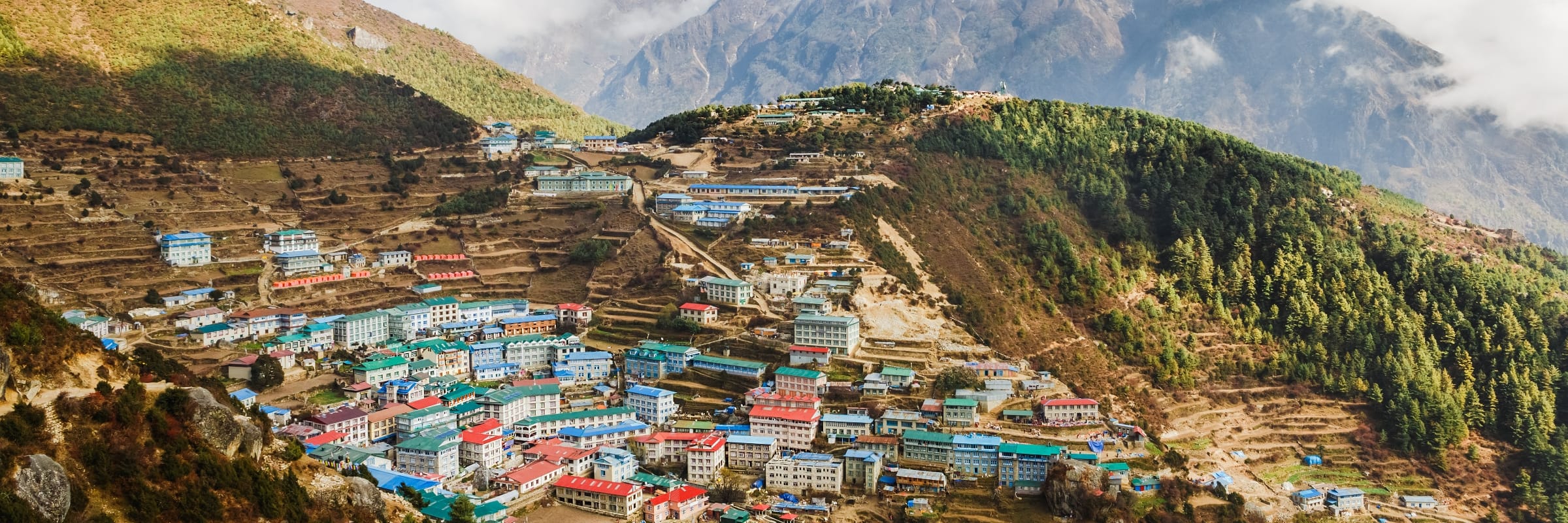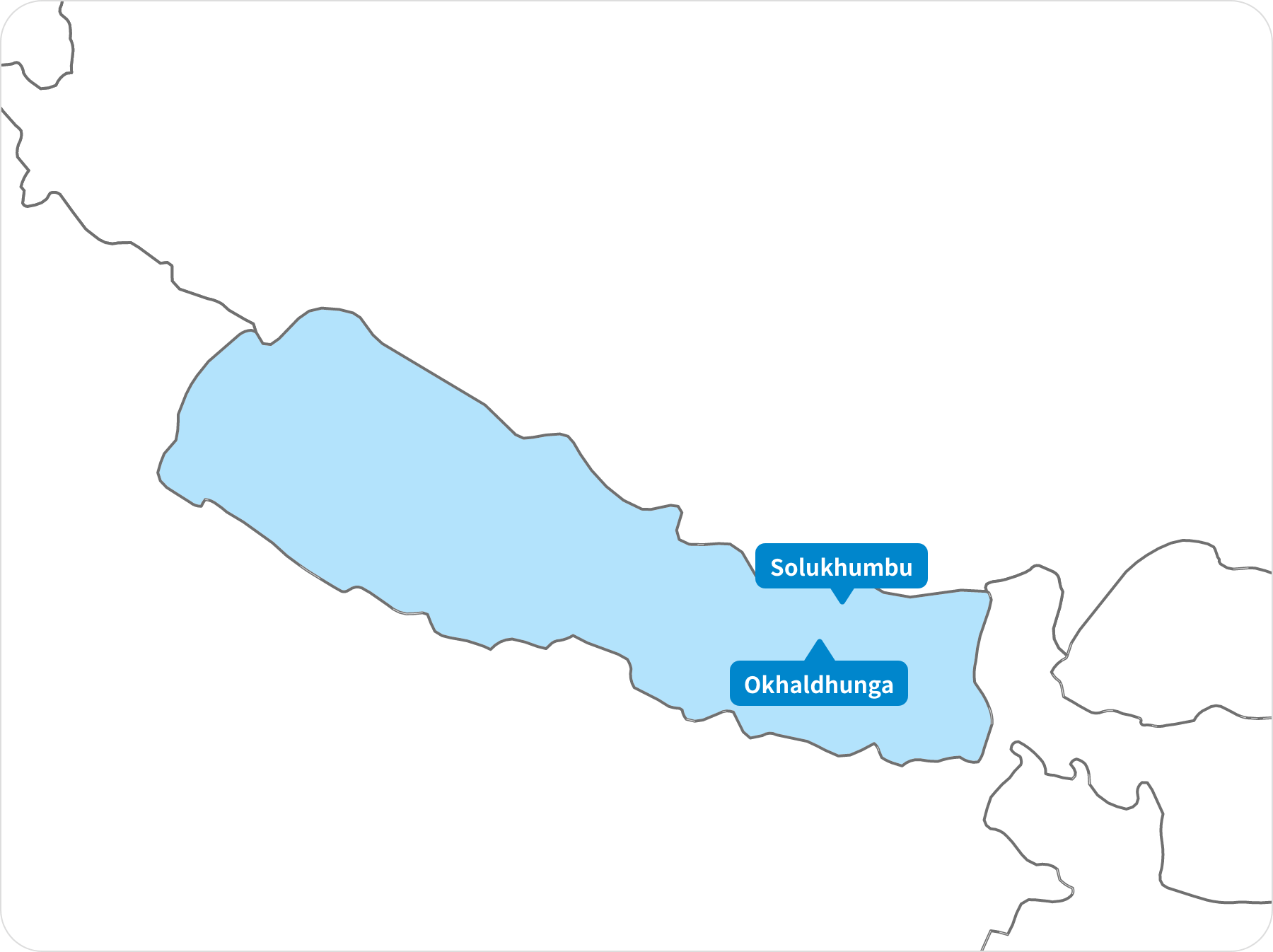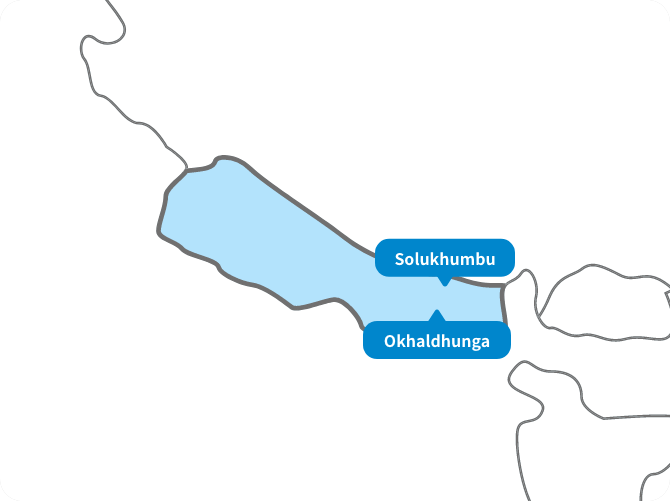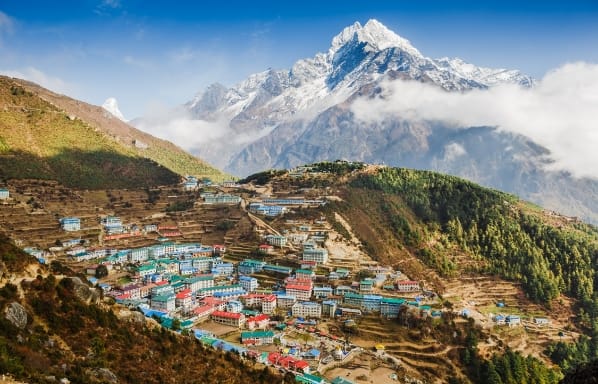FIDR in Nepal
Although Nepal is 40% the size of Japan, its northern part is dominated by the Himalayan Mountains, which rise to over 6,000 meters, and its southern part is covered by the Terai Plain, which is less than 100 meters above sea level. This dynamic topography and the harsh natural environment that accompanies it have resulted in a great diversity of peoples, cultures, and societies.
Today, Nepal is one of the poorest countries in Asia. In addition to the diversity within the country, social development is hampered by the economic stagnation caused by the decade-long armed conflict that began in 1996, by the caste-based social structure that even persists as a custom today.
Expectations for social development through international cooperation are growing in Nepal in recent years, which has just taken a new step toward nation-building by consolidating democracy and recovering from the damage caused by the armed conflict.
FIDR decided to leverage its years of experience in Vietnam and Cambodia to support Nepal, especially in the areas that are affected by the poverty. We began our research in 2009 and conducted our first project in Nepal in 2011 with the construction of Radha Krishna Primary School. In 2012, we opened an office in Kathmandu and started our rural development project.
Basic data
| Country name | Nepal |
|---|---|
| The capital | Kathmandu |
| Area | 147,181㎢ |
| Population | 28,096,000(*1) |
| Ethnicities | About 125 ethnic groups including Chhetri, Brahmin, Magar, Tharu, etc. |
| The official language | Nepalese |
| religion | Hinduism (80%), Buddhism (9%), Islam (4%), etc. |
| Gross National Income (GNI) per capita | USD 3,110(Japan:USD 44,380)(*1) |
| Primary Industries | Agriculture, Tourism |
| Human Development Index Rank | 147(Out of 189 countries) |
(*1)UNICEF “The State of the World’s Children 2019” (*2)World Bank “World Development Report” (2018) (*3)United Nations Development Programme “Human Development Index 2019”
Where We Work
Projects in Progress
Past Projects
- https://www.fidr.or.jp/english/activity/cooperation/project/nepal_001.html

Dhading District Community Development Project
-

School Improvement Project
Learn More about FIDR's International Cooperation for Social Development
Issues We Work on
- https://www.fidr.or.jp/english/issue/health.html

Health and Hygiene
- https://www.fidr.or.jp/english/issue/medical-care.html

Medical Care
- Nutrition(issue/nutrition.html)

Nutrition
- https://www.fidr.or.jp/english/issue/agriculture.html
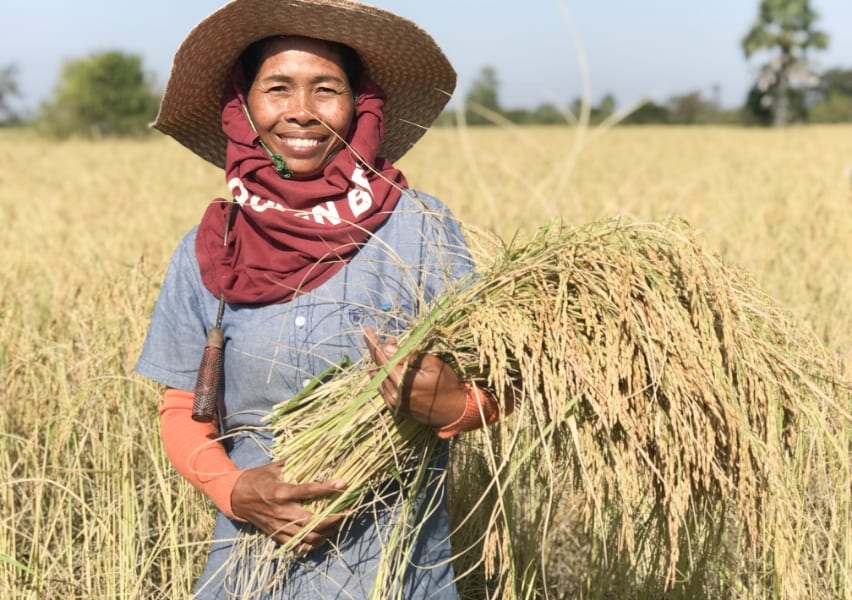
Agriculture
- https://www.fidr.or.jp/english/issue/education.html

Education
- Industrial development in Southeast Asia and South Asia.(issue/industry.html)

Industrial Development
Projects by Country
DONATION
Your generous donation now will have impacts
on children and communities in our fields.






